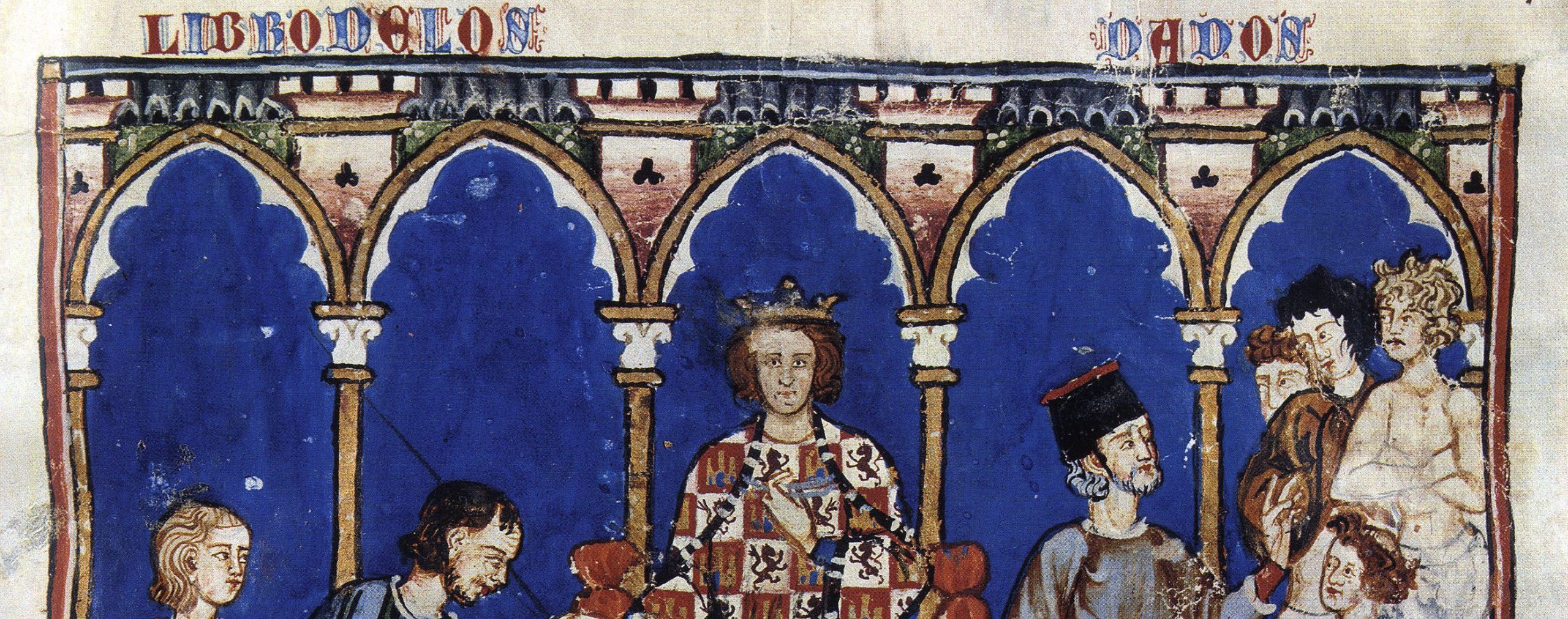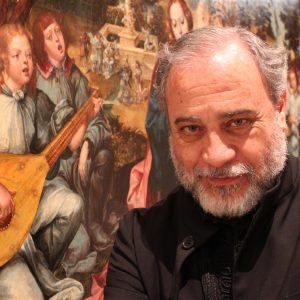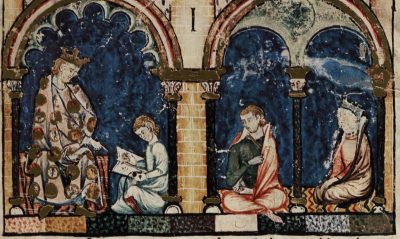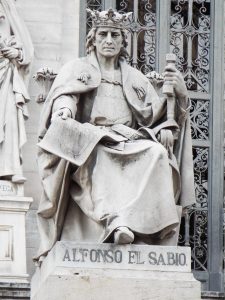With 54 records of the Cantigas de Santa María already behind him, and the aim of completing for the first time the integral recording of these more than 400 literary and musical jewels of the 13th century, Eduardo Paniagua has begun a tour of Spain in Alcalá de Henares, coinciding with the 800 anniversary of the birth of Alfonso X El Sabio and the publication of his latest CD.
“The cantigas are a kind of chest of gold coins that are sometimes closed and have never seen the light: you have to take out the coin, clean it, give it a shine and see that it is a precious thing, cantiga after cantiga”, Paniagua tells Efe.
His interest and specialisation in medieval Spanish music began in the 1960s, “very young, still a child”, inspired by his older brother, Gregorio Paniagua, founder of the group Atrium Musicae and “a pioneer of historical music, and above all of medieval music”.
“It’s all a bit self-taught, because in conservatories you don’t study psaltery, zither or trombas marinas”, he says.
After his participation in Atrium Musicae and the founding of other groups such as Cálamus, Música Antigua and Ibn Báya, Paniagua founded his own record label, Pneuma, and made “the strange promise of undertaking the integral recording of the Cantigas”, of which he has already compiled 70 hours of music on 54 discs.
The latest, recently published, is “Cantigas del Este de Francia de Alfonso X El Sabio: Provence and Auvergne”, which includes cantigas “dedicated to praises or miracles of the Virgin Mary whose sanctuaries, monasteries or places are in these locations”, says Paniagua.
“The cantigas have a lot to do with history, with culture in general: these miracles of the Virgin happen to the most peaceful people, people with personal miracles too, with family problems, with cures for illnesses, impossible loves or even slightly scandalous loves”, he adds.
The literary aspect is just one of the aspects that explain the artistic, cultural and historical value of the cantigas. “The codices of the cantigas are very rich in miniatures, they narrate in a visual way, like a comic, in parallel to the text that is sung: in that sense it is very audiovisual, very contemporary, you have the images, you have the music and you have the poetry”, Paniagua told Efe.
Each disc is “a goldsmith’s work” which, among other phases, involves “imagining how these cantigas were sung in their time”, and in which a fundamental role is also played by years of work reconstructing instruments of the period “based on what can be seen in paintings and what can be seen in stone in the porticoes of Gothic and Romanesque churches”.
“We don’t know how they would sing them, but there are many musical instruments drawn, and with these same reconstructed instruments we try to give them a sound that is faithful to what they sounded like at the time”, explains Paniagua.
After concerts in Strasbourg, Oporto and Fez, Eduardo Paniagua’s tour stopped last Thursday at the Church of Santa María de Alcalá de Henares, where he has two more concerts planned for this Thursday and next week. Madrid and Ciudad Real will be the other two places where he will stop in October and November.
Written eight centuries ago, but faithfully transcribed in the mid-20th century, the cantigas are now enjoyed by “a young audience fond of world music and ethnic music, to whom this type of sound is not so distant”, and also by others “who approach this music because they are interested in literature, history or cinema, or have studied a little about the subject, and they enjoy it twice as much, because the more points of view you have, the more you enjoy it”.
“There are those who might think what a 13th century melody is going to say to me in the 21st century, but it turns out that it does say something to us, it does move us inside, we can enjoy it” says Paniagua.
Share this article
On This Day
No Events
History of Spain
26 August 2020
27 January 2021
Communism: Now and Then
23 December 2022
28 July 2021










